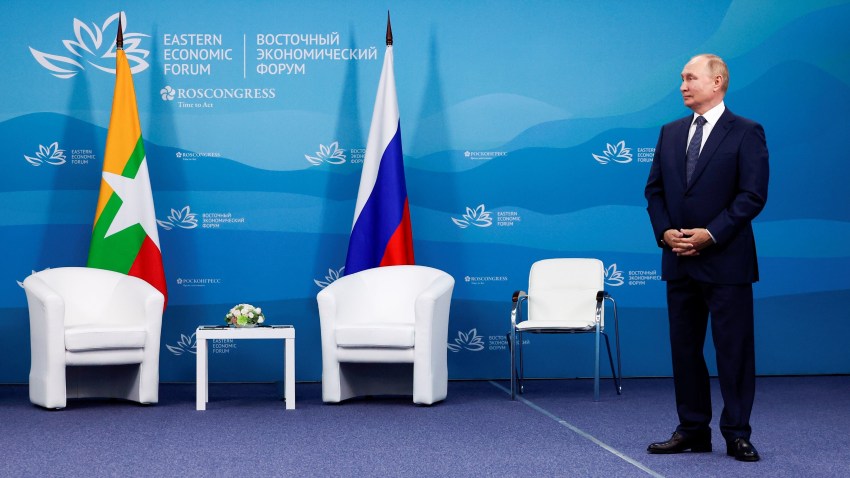In recent years, as Russia under President Vladimir Putin has increasingly tried to project power around the globe, one of the areas it has focused on has been Southeast Asia. While Moscow’s attempts at expanding its influence in the region attracted less attention than its efforts in Africa or Eastern Europe, Russia had quietly boosted its military ties and diplomatic engagement in Southeast Asia. Now, however, that influence seems to be dramatically fading, largely cutting Moscow out of a critical region in global politics.
Moscow had not been a player in Africa for decades after the Cold War, but via the Wagner Group as well as the Russian military, it has recently involved itself deeply in a range of African states. According to the Brookings Institution, Moscow signed 19 military cooperation agreements with African governments between 2015 and 2019. The Tony Blair Institute further notes that “Russia has deployed private military contractors in at least 21 countries since 2014, with the majority on the African continent.” Russia has used the Wagner Group to support a range of anti-democratic figures in Africa, including Gen. Khalifa Haftar in Libya and Col. Assimi Goita’s military junta in Mali, and it is now cozying up to new military regimes in Niger and Gabon. Meanwhile, in Eastern Europe, the Kremlin has also tried to foment coups in Montenegro and Moldova, while seeking to destabilize the entire region through influence operations and disinformation, to say nothing of the war in Ukraine.
Similarly, Moscow had not played a major role in Southeast Asia since the Vietnam War era, but in recent decades countries in the region had increasingly turned to Russia for cheap and reliable arms. In fact, the Stockholm Peace Research Institute noted that Russia had sold about 30 percent of all the weapons purchased by Southeast Asian between 2010 and 2019, often using flexible funding arrangements, including barter. As The Economist noted, in the 20 years prior to the war in Ukraine, Russia was by far Southeast Asia’s biggest arms supplier, to the tune of $11 billion in sales. Vietnam, Indonesia, Laos, Myanmar and several other states in the region still rely on Russian weapons for many of their arms platforms.

